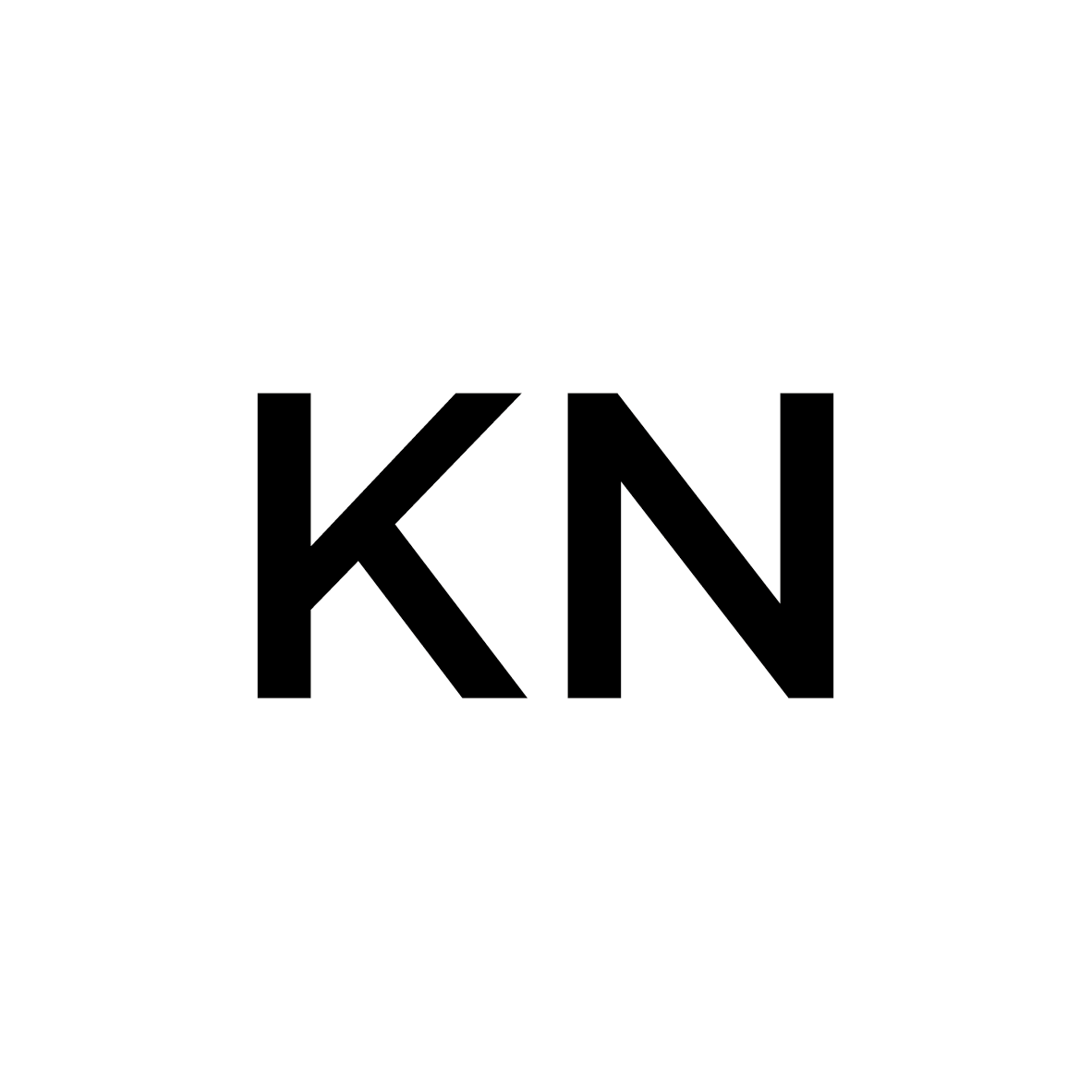Website Online Payment Systems
All online entrepreneurs have one thing in common – how to accept payments. This can be specially difficult for coaching, memberships and content creators due to new online regulations.
In this blog, we’ll look at some possibilities for accepting payments online.
When I lived in the UK and my clients were also UK-based then it was simple. Pay directly to my bank account. It was great. Every month money went into my account.
Once I moved to Spain, the fees of paying directly to my new Spanish bank account meant this was no longer a feasible option for the majority of clients. I needed an alternative.
Today, I have several payment options but there are good and bad with each option.
Direct to My Bank Account
I still use this option but only where larger sums are involved.
This is typically for one-off private coaching. Due to the cost of the private coaching, the bank fee is small and usually acceptable to the client.
Paypal
As a business, I use Paypal Business. This allows me to create one-off invoices or recurring invoices and customers can pay using a debit or credit card.
A fee is deducted by Paypal from each transaction paid to my business. This is about 3.5% plus a small transaction fee.
Paypal has the benefit that it can be integrated into websites with customized buttons. Clients can buy services and courses online.
A downside with Paypal is when there are a high number of sales or high-value sales, Paypal may put a hold on the transaction for x number of days before releasing payments.
One client who has just set up as a virtual assistant found her payments were put on hold for 30 days. Her customer contacted Paypal to say the work was done and he was happy with it however, Paypal still held the funds.
The caution here is to ensure you start small and build trust with Paypal before putting larger sums through them.
Stripe
This has been a popular payment option but in the past few months, they have updated their terms and conditions which means many online entrepreneurs who deal with coaching, memberships, and or mini-courses will have more difficulty in getting their business verified.
The Stripe payment system, provides the buyer with an invoice for each purchase including recurring purchases. If tax is included it will be detailed on the invoice/receipt.
Payment options include debit and credit cards.
Fees are on a par with Paypal around 3.5% plus a transaction charge.
Cryptocurrency
I also accept payment via Cryptocurrency. It is in its infancy and there are some restrictions. Paypal is one company that will offer this facility. However, it does seem to be country-restricted.
I use the crypto.com platform which will allow other crypto.com clients to transfer payments between members. A little like the Paypal system where you have a link address with crypto.com it is called a paystring.
Getting your payment system right for your business model is essential when starting an online business.
Dealing With Disputes
It is a sad reality but these days a buyer often will not contact the seller to cancel and item or request a refund but rather go straight to their online bank and mark a dispute on an item.
It is the easier option as they only have to click on the payment through their online banking app and claim a dispute.
The problem is this has a couple of consequences for the seller.
1. The payment amount is debited immediately from the seller.
2. The seller incurs additional costs for the dispute typically about $20 upwards.
3. The seller has the choice to accept the dispute (which triggers a black mark on your account that can have consequences such as restrictions on your account) or you can challenge the dispute.
However, challenging the dispute will take time and require proof to support the challenge.
Challenging a dispute will require you to prove certain things.
- You have terms and conditions that the buyer has agreed to.
- Can prove the buyer was aware of the terms and conditions at the time of purchase.
- Can prove the client has accessed the online items provided and used the product or service.
Either way, banks still tend to side with the customer.
From my perspective, I am able to prove customers accepted the terms and conditions when agreeing to purchase as they have to tick a box before a payment will go through.
Secondly, I have a minimum number of payments as part of the terms and conditions displayed separately at purchase which they also tick.
That means when someone claims a disput them, I am able to pursue them for breach of contract.
Each country has different rules and regulations so it is important to make sure you have the latest versions on your website and through your payment system.
Keeping Up To Date With Legal Systems
Countries are continually updating their rules and regulations around consumer protection. It is therefore, essential to keep up to date with latest requirements.
The internet means the world is your potential customer, so how do you keep up to date with everything you require?
There are some plugins suitable for this. They create legal terms and conditions that apply to many countries and help in providing the terms and conditions necessary for online marketers.
Website Online Payment Systems
Selling online products and services through your website is a great way to build a business but it can have pitfalls.
Find an online payment system that is suitable for your business.
Also, ensure you have legal policies in place to protect your business.







